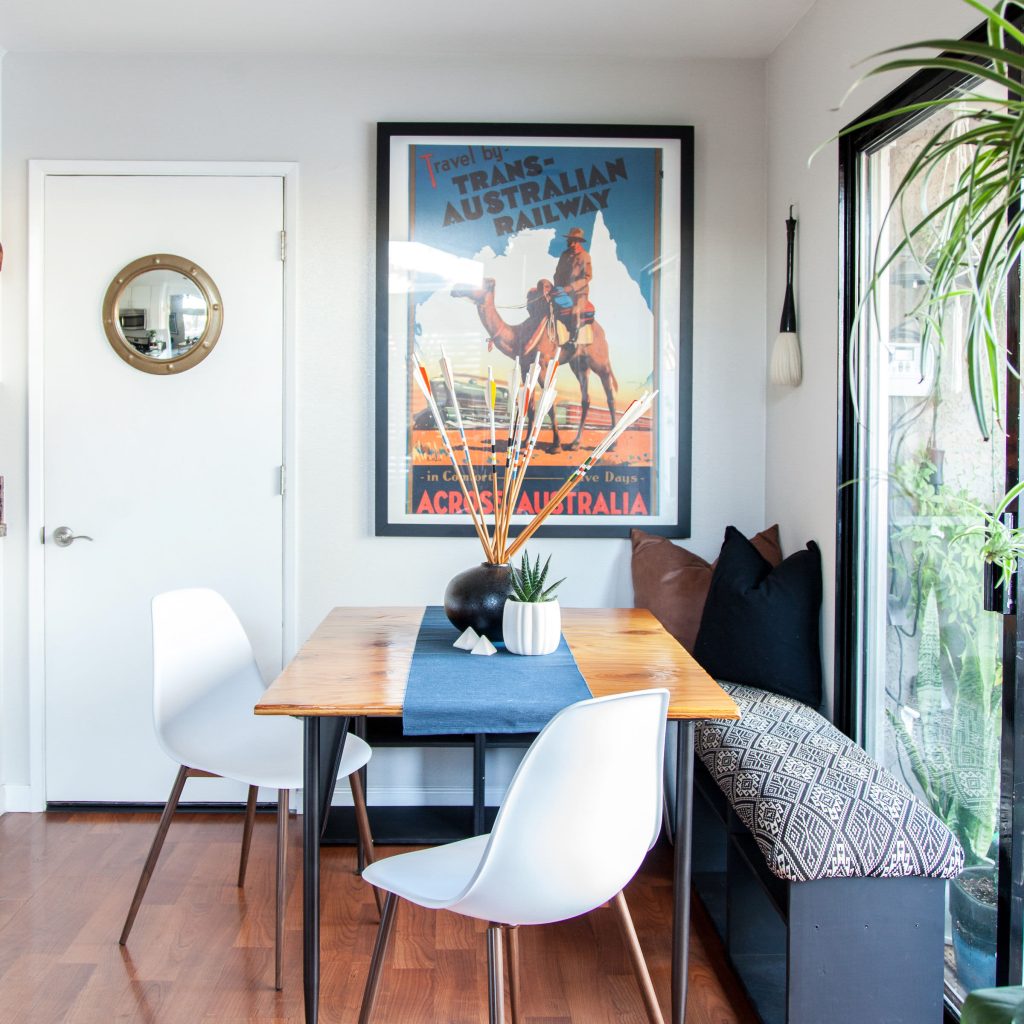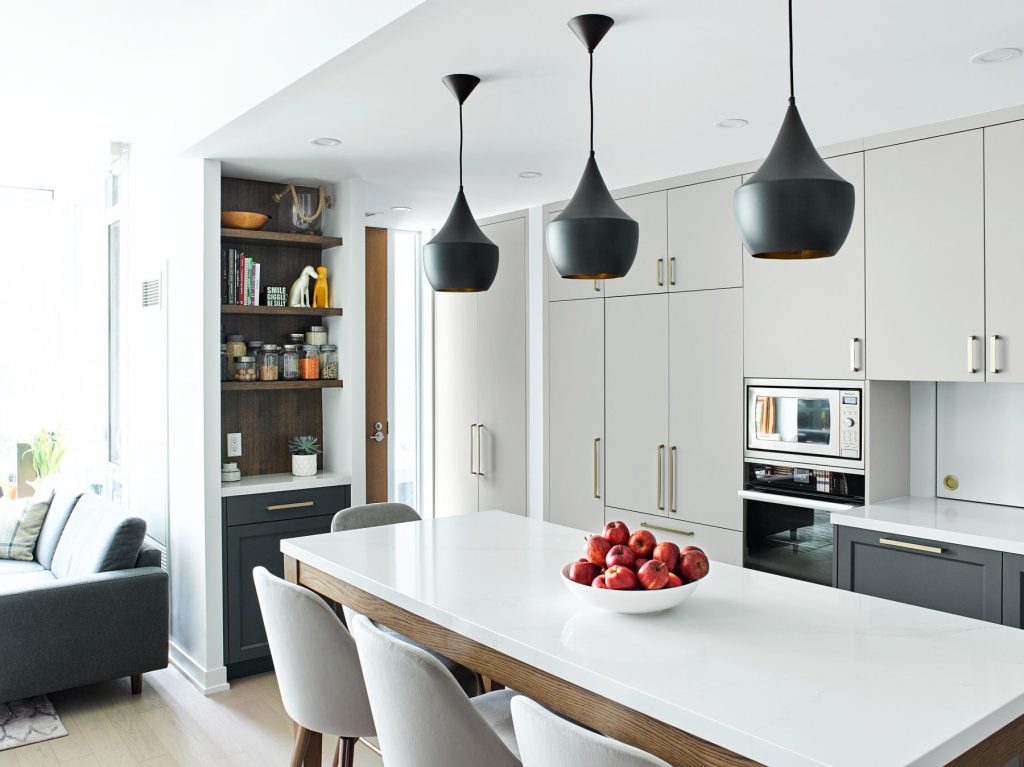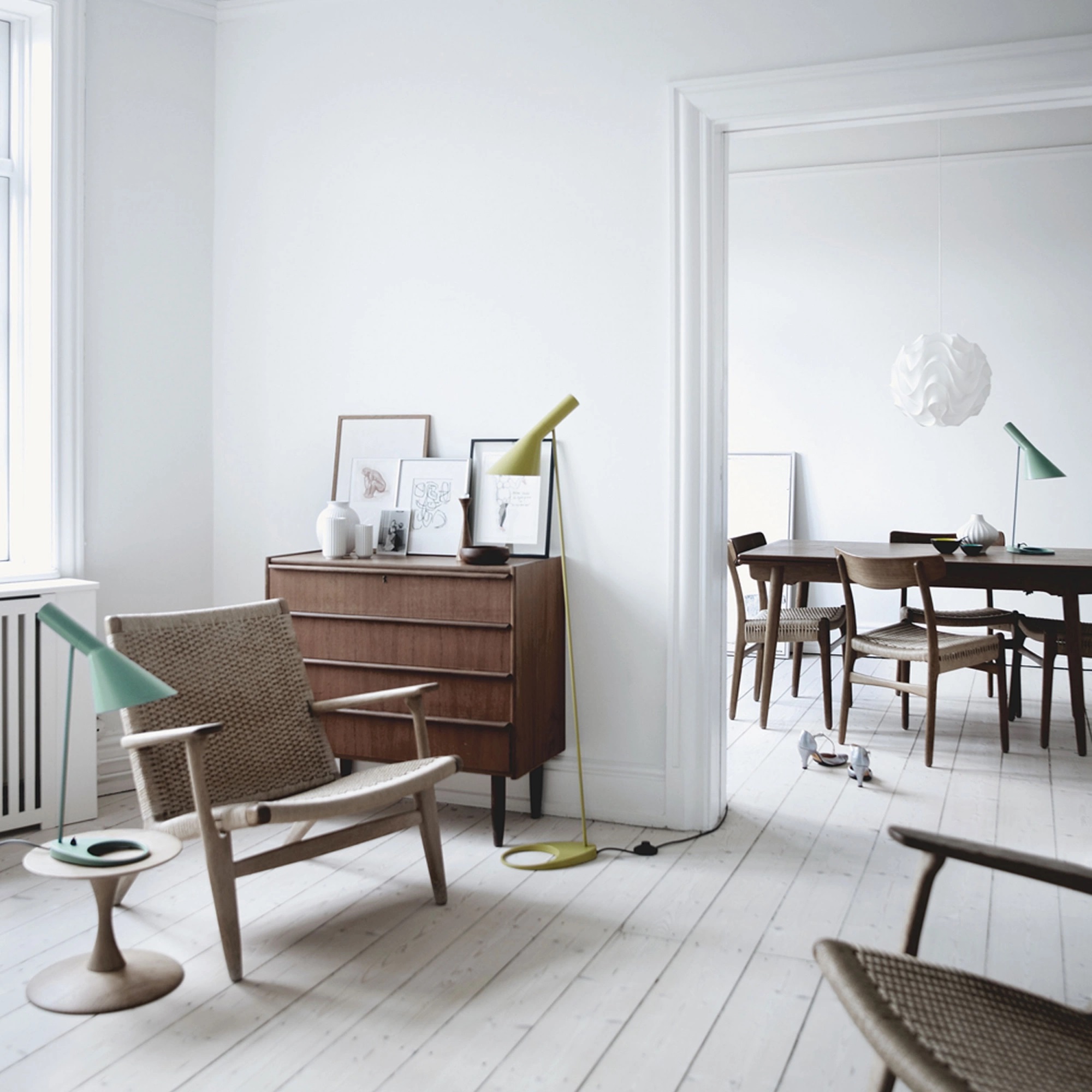
Designing with Inset Ceilings: A Contemporary Approach to Interior Decor
Introduction
In recent years, inset ceilings have become increasingly popular in modern interior design. Inset ceilings are defined as decorative ceiling features that are set below the main ceiling. They can be used in a variety of ways, and can be designed to suit any decor style. This article will explore the various ways in which inset ceilings can be used to enhance the appeal of an interior space.
History of Inset Ceilings
Inset ceilings date back as far as ancient Egypt, where intricate designs were carved into stone ceilings to create stunning visual effects. Inset ceilings were also popular during the Renaissance period, where they were used to create stunning artwork on the ceilings of grand palaces and stately homes. In modern times, inset ceilings have evolved to become a functional and beautiful decorative element in contemporary interior design.
Types of Inset Ceilings
There are several types of inset ceilings to choose from, each with its unique style and design. The most common types include:
Coffered Ceiling
Coffered ceilings are characterized by a series of sunken panels or squares set into a flat surface, giving the illusion of depth and dimension.
Tray Ceiling
Tray ceilings are designed with a recessed central panel that is surrounded by a raised perimeter, giving the ceiling a multi-dimensional look.
Beam Ceiling
Beam ceilings are characterized by exposed wooden beams set into a recessed ceiling, creating a rustic and charming aesthetic.
Geometric Ceiling
Geometric ceilings are characterized by intricate patterns and designs that are set into a flat or recessed ceiling, adding a bold statement to any room.
Benefits of Inset Ceilings
Inset ceilings offer several benefits to homeowners and designers alike. These benefits include:
Enhanced Style
Inset ceilings can be used to add a level of sophistication and elegance to any room, elevating the overall aesthetic of the space.
Improved Lighting
Inset ceilings allow for the addition of recessed lighting, which can help to create a warm and inviting ambiance in any room.
Increased Value
Due to their inherent aesthetic appeal, homes with inset ceilings typically have a higher resale value than homes without them.
Design Tips for Inset Ceilings
When designing an inset ceiling, there are several key tips to keep in mind:
Choose Complementary Colors
Select colors for your inset ceiling that complement your existing decor and add a level of visual interest to the space.
Consider Scale
Ensure that the size and scale of your inset ceiling complements the size and scale of the room, without overpowering the space.
Draft a Plan
Drafting a plan for your inset ceiling can help you to visualize the final result and ensure that your design meets your aesthetic goals.



